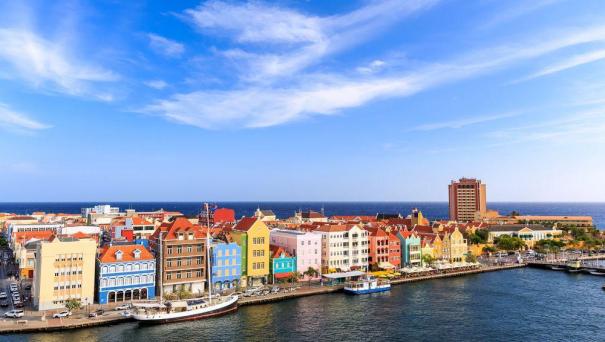About Curaçao
Curaçao, a Dutch Caribbean island, is known for its beaches tucked into coves and its expansive coral reefs rich with marine life. The capital, Willemstad, has pastel-colored colonial architecture, floating Queen Emma Bridge and the sand-floored, 17th-century Mikvé Israel-Emanuel Synagogue. It’s also a gateway to western beaches like Blue Bay, where scuba divers can access a vertical coral wall from the shore. Before the dissolution of the Netherlands Antilles on 10 October 2010, Curaçao was administered as the "Island Territory of Curaçao". The original inhabitants of Curaçao were Arawak peoples. Their ancestors had migrated to the island from the mainland of South America, likely hundreds of years before Europeans arrived. When the Dutch arrived in 1634, they built forts at key points around the island to protect themselves from foreign powers, privateers, and pirates. Six of the best preserved forts can still be seen today. Curaçao has a tropical savannah climate with a dry season from January to September and a wet season from October to December. While tourism plays a major role in Curaçao's economy, it is less reliant on tourism than other Caribbean countries.
